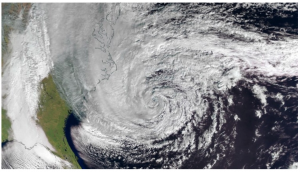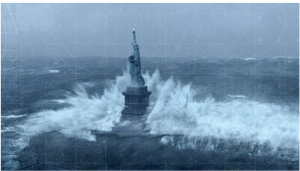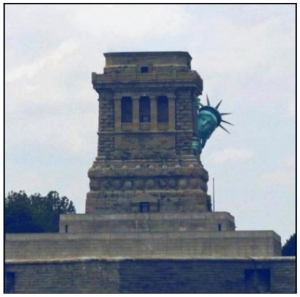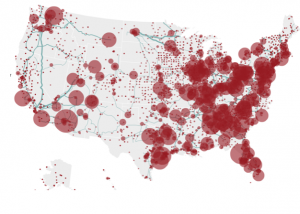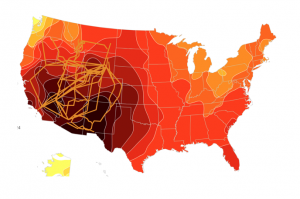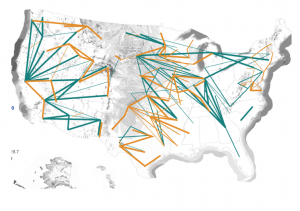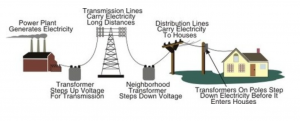First of all, I’ll explain that a hurricane is a tropical storm with winds that have reached a constant speed of 74 miles per hour or more.
Hurricanes are categorized on a scale of 1 to 5 based on their wind speed, a scale known as the Saffir-Si mpson hurricane wind scale.
Hurricane Sandy began as a tropical wave in the Caribbean on October 19, but it quickly grew up, becoming a tropical storm in just six hours. It was labeled as hurricane on October 24 when its maximum winds reached 74 mph (minimum speed to be considered as a hurricane).
After cutting a destructive path through the Caribbean, Hurricane Sandy made a big damage along the East Coast. Sandy made landfall in southern New Jersey and brought, among other things, flooding and structural damage. New York City was especially hard hit.
According to NCAR senior climatologist Ke vin E. Trenberth, does agree that the storm was caused by “natural variability” but adds that it was “enhanced by global warming”. One of the facts that made that strength in the storm was the increase in the sea surface temperature offshore the East Coast of the United States; more than 5 °F above normal. As the temperature of the atmosphere increases, the capacity to hold water increases, leading to stronger storms and higher rainfall amounts.
“Manmade climate change significantly worsened the chances a unique superstorm like Sandy would devastate New Jersey and New York. If humanity’s unrestricted emissions of carbon pollution continue una bated, however, Sandy-type storm surges will become the norm on the East Coast.”
http://www.boston.com/bigpicture/2012/10
http://thinkprogress.org/climate/2013/10/28/2843871/superstorm-sandy-climate-change/
